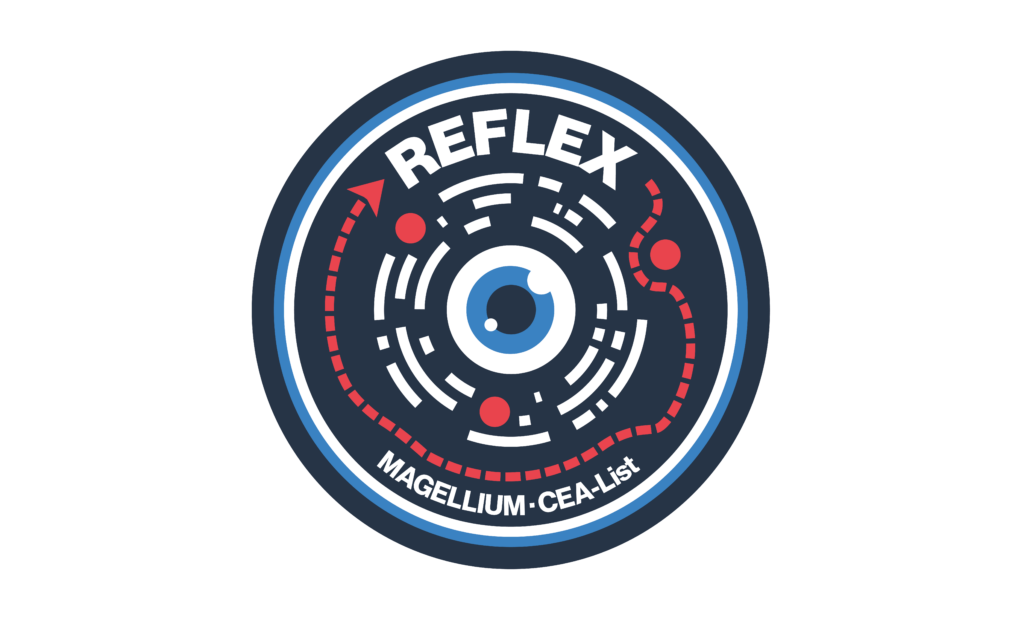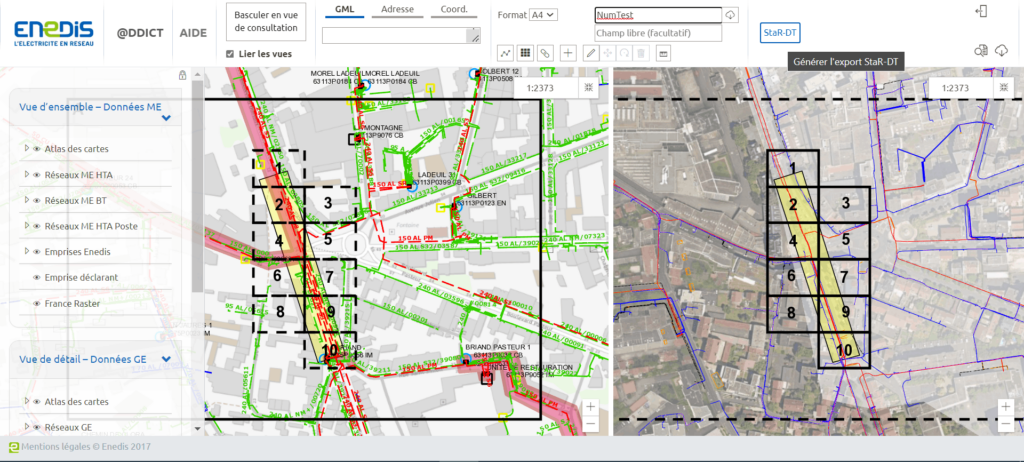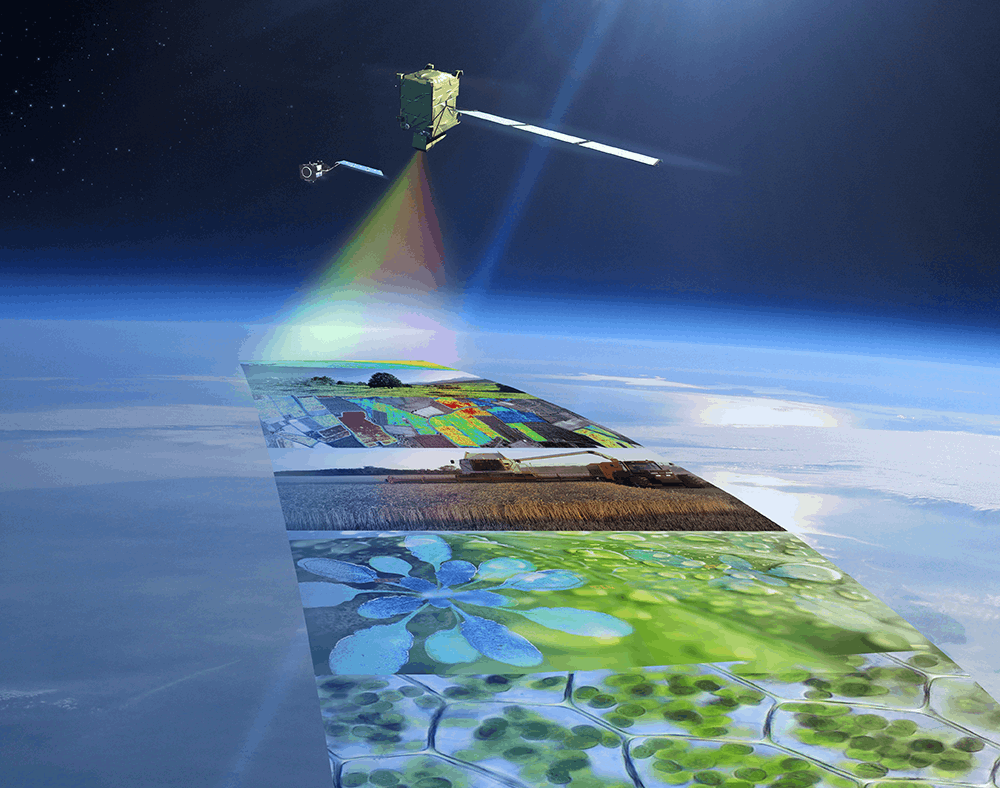
The origins of the project
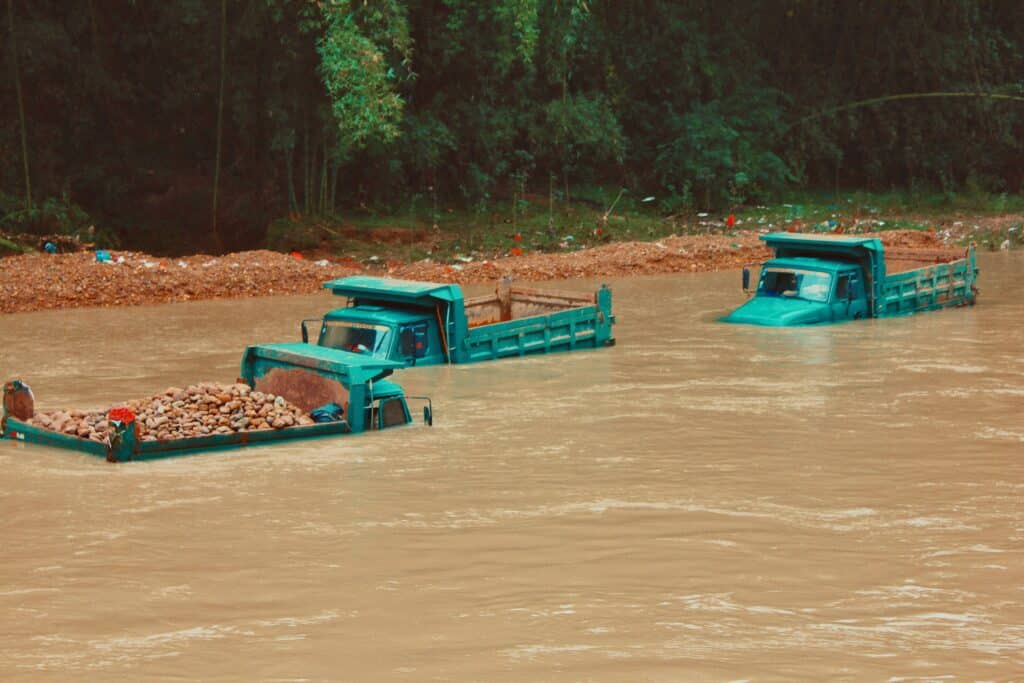
" Today, a third of the world's population, mainly in least developed countries and small island developing states, is still not covered by early warning systems. This is unacceptable, especially as the effects of climate change are certain to worsen. Early warning and action save lives ".
- António Guterres, Secretary-General of the United Nations, statement of March 23, 2022
Announced at the World Meteorological Day in 2022, this declaration has led to the development of the Copernicus Emergency Management Service (CEMS).
The SEED-FD(Strengthening Extreme Events Detection for Floods and Droughts) project follows on from this declaration. This project, supported by the European Commission as part of the Horizon Europe program, aims to improve the services offered by the Copernicus Emergency Management Service (CEMS). Currently, CEMS offers a globally operational Earth Warning System (EWS ) for floods (called GloFAS), but the accuracy of hydrological simulations, particularly in the global south, can still be improved. Indeed, the hydrological forecasting model used in GloFAS, called LISFLOOD, was initially developed for European applications and has limitations when it comes to solving complex processes, particularly in little-observed regions. Moreover, despite the increasing availability of earth observation data with improved temporal and spatial resolutions, these are not integrated into the warning system.
Operational drought forecasts, on the other hand, are not yet available, despite the significant advantages they would offer in tackling the challenges linked to the water-energy-food nexus.
Finally, the catalog of flood and drought products supplied by the CEMS service does not cover all extreme events impacting the population, such as flash floods.
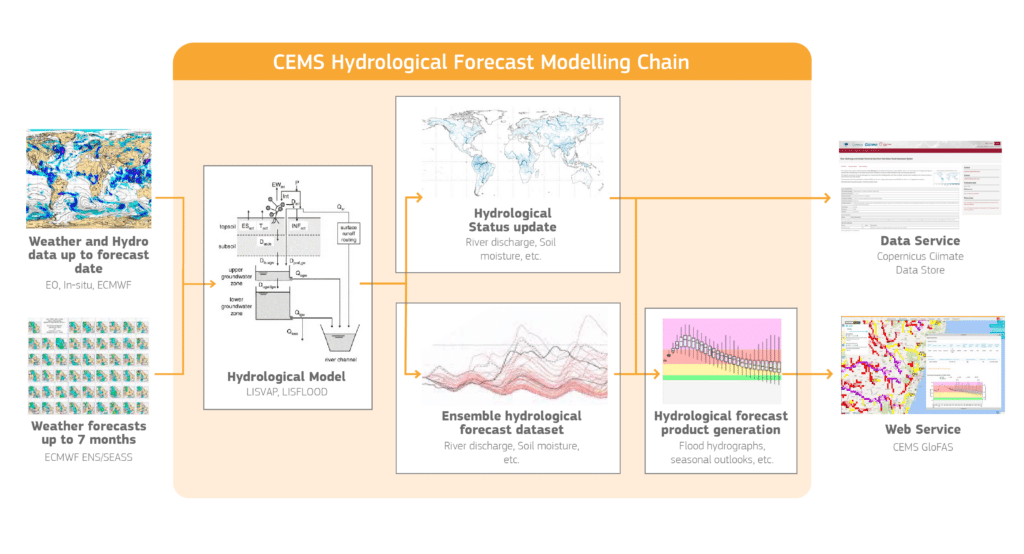
SEED-FD project objectives
The main objective of the SEED-FD project is to improve the quality and portfolio of CEMS-EWS for floods and droughts, by exploring three specific axes that work in synergy:
1. Enhance the LISFLOOD hydrological model to better represent the diversity of hydroclimatic processes worldwide by integrating new or improved processes (flooded areas, reservoir regulation, groundwater);
2. Demonstrate the added value of satellite data and innovative in-situ micro-sensors for better hydrological simulations and forecasts on a global scale, using :
-
- More realistic hydrological initial conditions by forcing the forecast chain with observations based on Earth observation instead of modeled meteorological reanalysis data;
-
- Assimilation of river flow and water level data to correct model hydrological states in real time;
-
- Near real-time post-processing of hydrological forecasts using Artificial Intelligence and Machine Learning techniques to integrate local observation data and reduce modeling and forecasting errors.
3. Expand the CEMS-EWS portfolio of flood and drought forecasting products by developing new algorithms for detecting extreme hydrometeorological events on a global scale, such as drought flash forecasting, seasonal drought forecasting, drought monitoring and flood and flash flood forecasting.
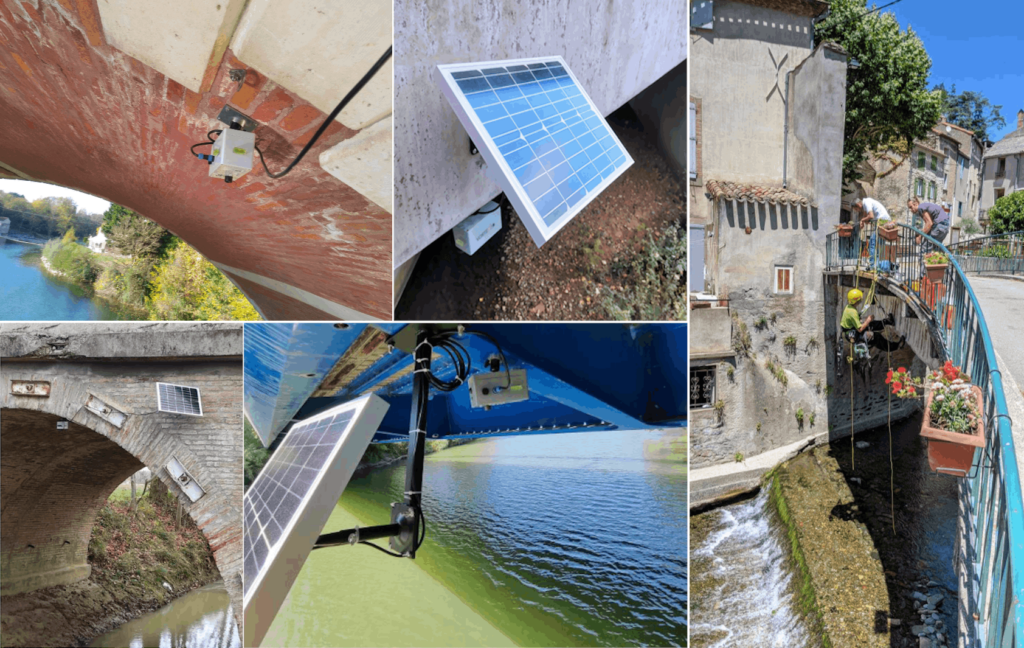
a) on the river Hers b) on Le Gravezon c) on Le Clamoux d) on Le Gardijol e) on L'Argens
The different phases of the SEED-FD project
The SEED-FD project consists of two distinct phases linked by a prototyping phase:
- Scientific development phase: Development and assessment of trends in highly instrumented basins, namely the Danube Basin in Europe and the Bhima River in India;
- Large-scale validation phase: Validation of improvements on concrete use cases linked to past extreme events, in conjunction with local users and specific applications. The three basins selected for validation are the Niger basin in West Africa, the Juba-Shebelle basin in East Africa and the Paraná basin in South America.
Magellium Artal Group's contribution to the project
Magellium Artal Group, consortium leader, has over 5 years' experience in large-scale hydrological modeling and data assimilation projects through HYFAA and H2020 G3P. Our main role includes:
- Project management as consortium leader and project manager
- Development and implementation of a method for assimilating spatial and non-spatial data into the hydrological forecasting system.
All developments will be carried out on SEED-FD test basins, such as the Danube and Bhima, and will include the integration of Earth Observation (EO) and in-situ data for improved hydrology.
What are the concrete benefits of the SEED-FD project?
The ambition of the SEED-FD project is to contribute to the protection of populations worldwide through a high-performance Early Warning System (EWS). It aims to provide :
- Local authorities, water safety agencies and humanitarian organisations with high-quality , real-time forecasts of global floods and droughts, as well as new products for extreme events;
- Scientists will benefit from new and improved tools for hydrological modelling, data assimilation, data processing and flood and drought forecasting;
- Better synergy between Copernicus services, by integrating Copernicus satellite data into CEMS EWS and using innovative in-situ observations;
- Increased public awareness of flood and drought prevention through real-life case studies.
The SEED-FD project is positioned as an essential initiative to strengthen forecasting and management capabilities for extreme hydrological events on a global scale.
